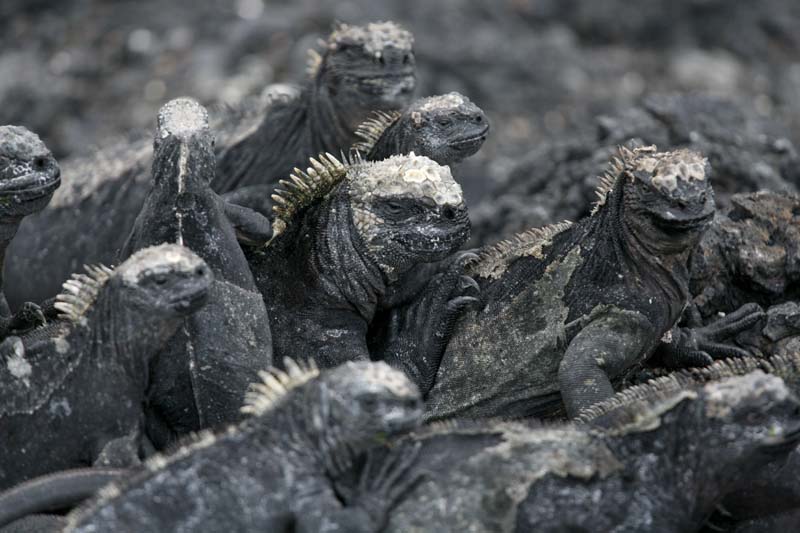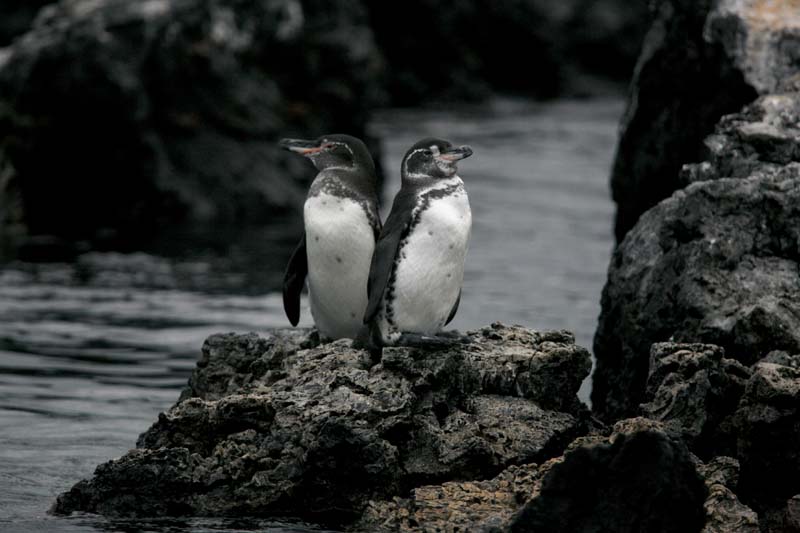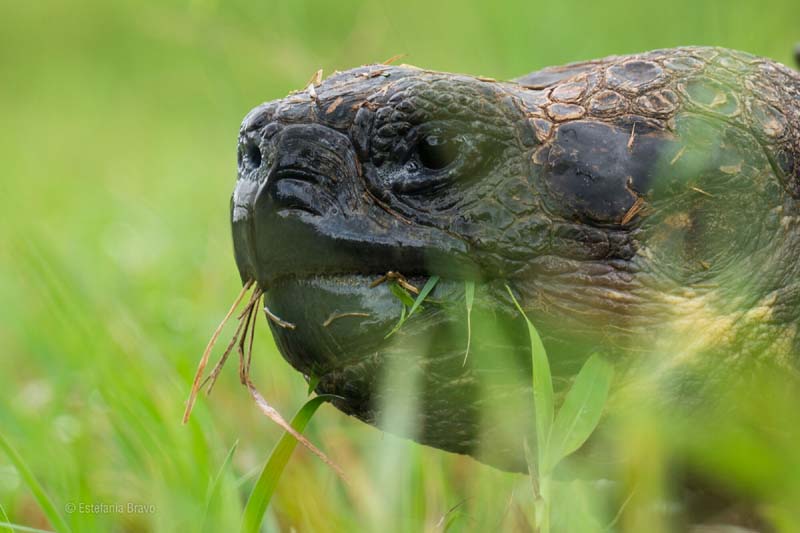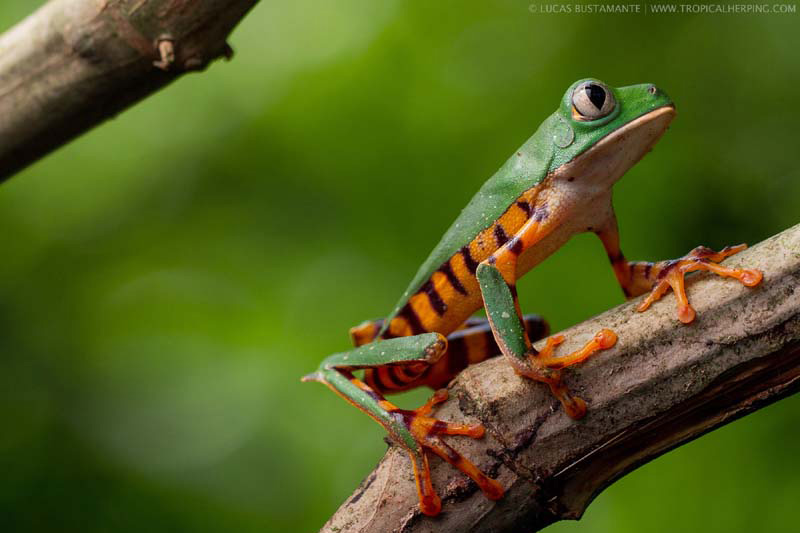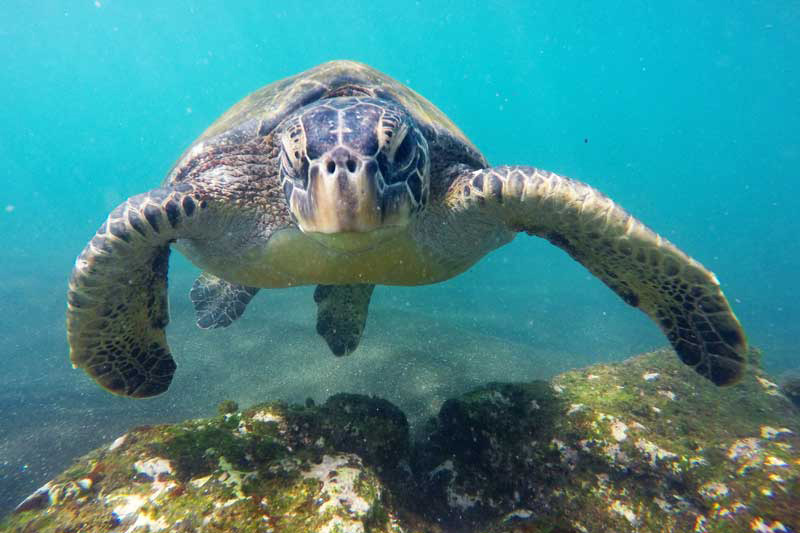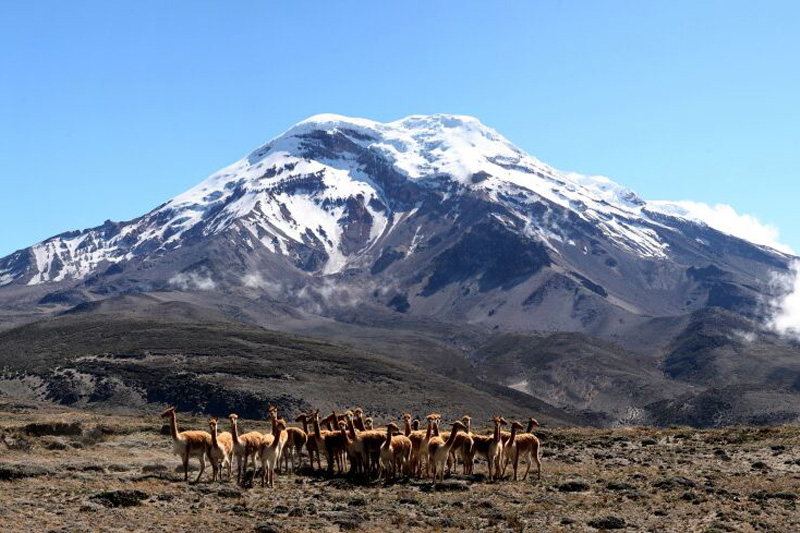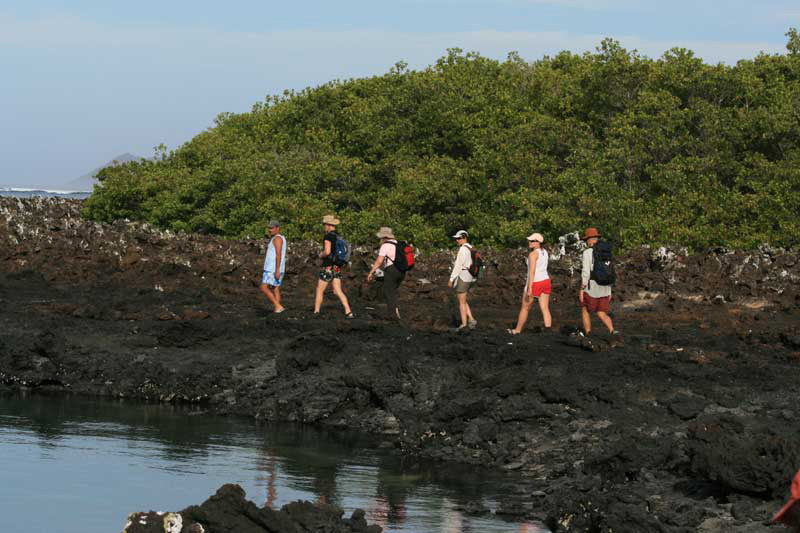Galapagos & Ecuador
Spawned by the continuing movement of the Nazca and Cocos tectonic plates, these volcanic islands have been isolated from any continental mainland since their formation. It is estimated that San Cristobal emerged from the sea around 4 million years ago. With no direct connection to any other landmass, the Galapagos Islands’ inhabitants – both plants and animals – arrived by a variety of means, long before humans “discovered” these tiny islands in the vast Pacific Ocean. The plants and animals came from the South American mainland by swimming, drifting on the ocean currents or being blown by the wind. With no large predators able to make the same ocean journey, their isolation allowed them to diversify and flourish, resulting in a land of unique creatures who, still today, show no fear of larger animals – including us as we walk among them.
The Enchanted Isles
Although the Galapagos Islands are the country’s most famous destination, Ecuador also offers one of the most rewarding ways to explore another of the world’s most dramatic wildlife landscapes. A short flight from Quito takes us over the slopes of the Andes Mountain and down into the world’s most famous rainforest – the Amazon Basin. Entering Yasuni National Park, we meet the Kichwa Añangu community, who invite us to explore their home – the rainforest often described as the most biodiverse place on Earth.




